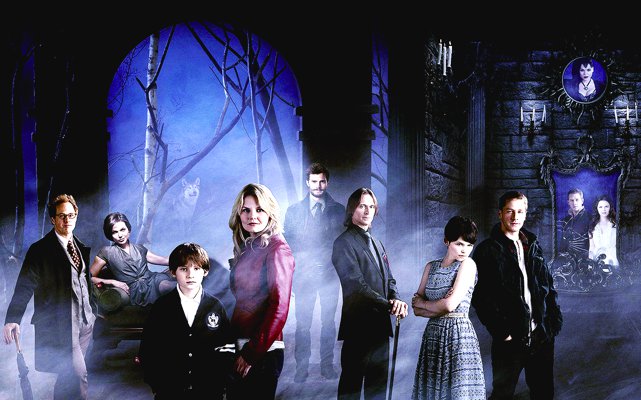Bryan Saunders has 8,700 self-portraits to his credit, but it’s the 50 currently on display in Paris’ Maison Rouge that have made him famous. Saunders lives in poverty and relative obscurity (largely, it seems, by choice) in conditions that eschew societal expectations about ambition, health, and normalcy. His art, too, challenges those categories, in particular the 50 self-portraits, each one created while under the influence of a different drug. Saunders never pays for the drugs, instead getting everything from lighter fluid to crystal meth to prescription anti-psychotic meds from strangers and doctors (who, upon hearing about his project, diagnose him as psychotic).
The images themselves are gripping, ranging from darkly intense to childishly psychedelic. The startling variety in itself deconstructs a sense of a singular or unitary self, and further raises questions about how substance use and abuse both creates and destroys our self-imagery. Saunders sums it up differently, with the claim “If you look at my portraits, what do you see? Drugs make you look ugly. Drugs are not flattering.” His response repels the attention his work currently draws, arguing that Europeans like them because they showcase Americans’ problems, others compare him to Hunter S. Thompson, and still others send hate mail—all of them leaving Saunders feeling he and his work are misunderstood.
Saunders represents a strange manifestation of the starving artist, willing to subject himself to squalor, to reject fame and fortune, for the integrity of his artistic vision. Yet he agreed to be interviewed, to place his artwork in one of the world’s most prestigious galleries; the contrast between those actions and his remarks regarding his work highlight a key contradiction in art—that no artist can dictate or control the interpretation of the creation once it is set loose. I find his works compelling, haunting in some cases, and I can’t help but worry about what parts of his body and brain he is destroying in each experimental act of creation. Like Dr. Frankenstein, like Prometheus, like Eve stretching out her hand for the apple, Saunders’ work is alight with the flames of rebellion, temptation, and beauty that devolves into ugliness. Looking at his work is like watching Dorian Gray’s alter ego emerge from the closet, and I can’t look away…
















